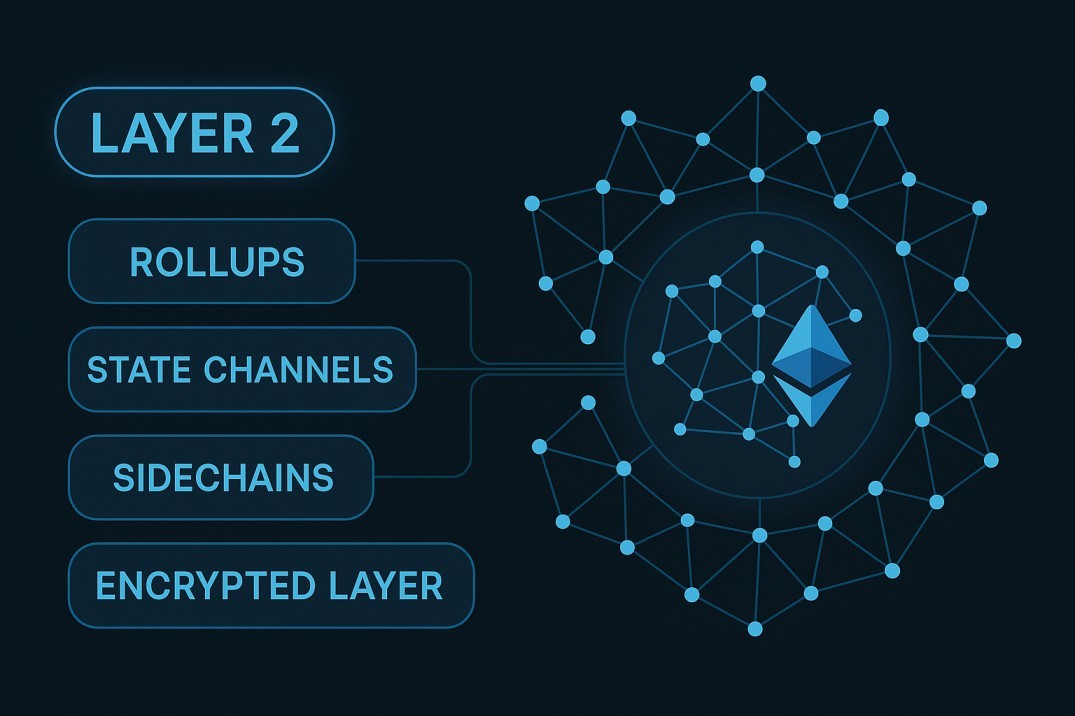Layer-2 networks exist to fix a major problem in crypto: blockchains like Ethereum are powerful but slow and expensive under load. Layer 2s step in to help by taking the pressure off without requiring a full redesign of the base chain.
At its core, a Layer 2 is an extra processing layer that sits above the main blockchain. It executes transactions, handles computations, or settles interactions off-chain, and then pushes only the final result back to the base layer. That makes everything faster and cheaper while still inheriting the security of the underlying blockchain.
Why do Layer 2s exist?
Blockchains like Ethereum were not built for mass adoption out of the box. They handle every transaction one at a time, in order. That’s great for trust and decentralization, but it causes traffic jams when too many users pile on. Layer 2s aim to solve this. They offload work like payments, swaps, or even contract execution so that the base layer doesn’t have to do it all.
There are different types of Layer 2s, including:

- Rollups: They batch transactions and publish proofs on Ethereum. This reduces fees and boosts speed
- State Channels: Users lock funds in a contract and transact off-chain until they close the channel
- Sidechains: Independent blockchains that communicate with the main chain, though often with different security models
- Encrypted Layers: This is where COTI comes in, adding a privacy-focused execution layer that handles logic in encrypted form
So shortly, Layer 2s let blockchains scale while keeping them secure. They aren’t replacements, they’re upgrades.
Whether you're moving assets faster or keeping your code confidential, Layer 2s give developers more flexibility without changing the foundation.
EXPLORE MORE :
1. Who are Coti competitors?
2. How much will COTI be worth?
3. Does Coti have a future?
4. What is the total supply of COTI?
5. COTI FAQ











